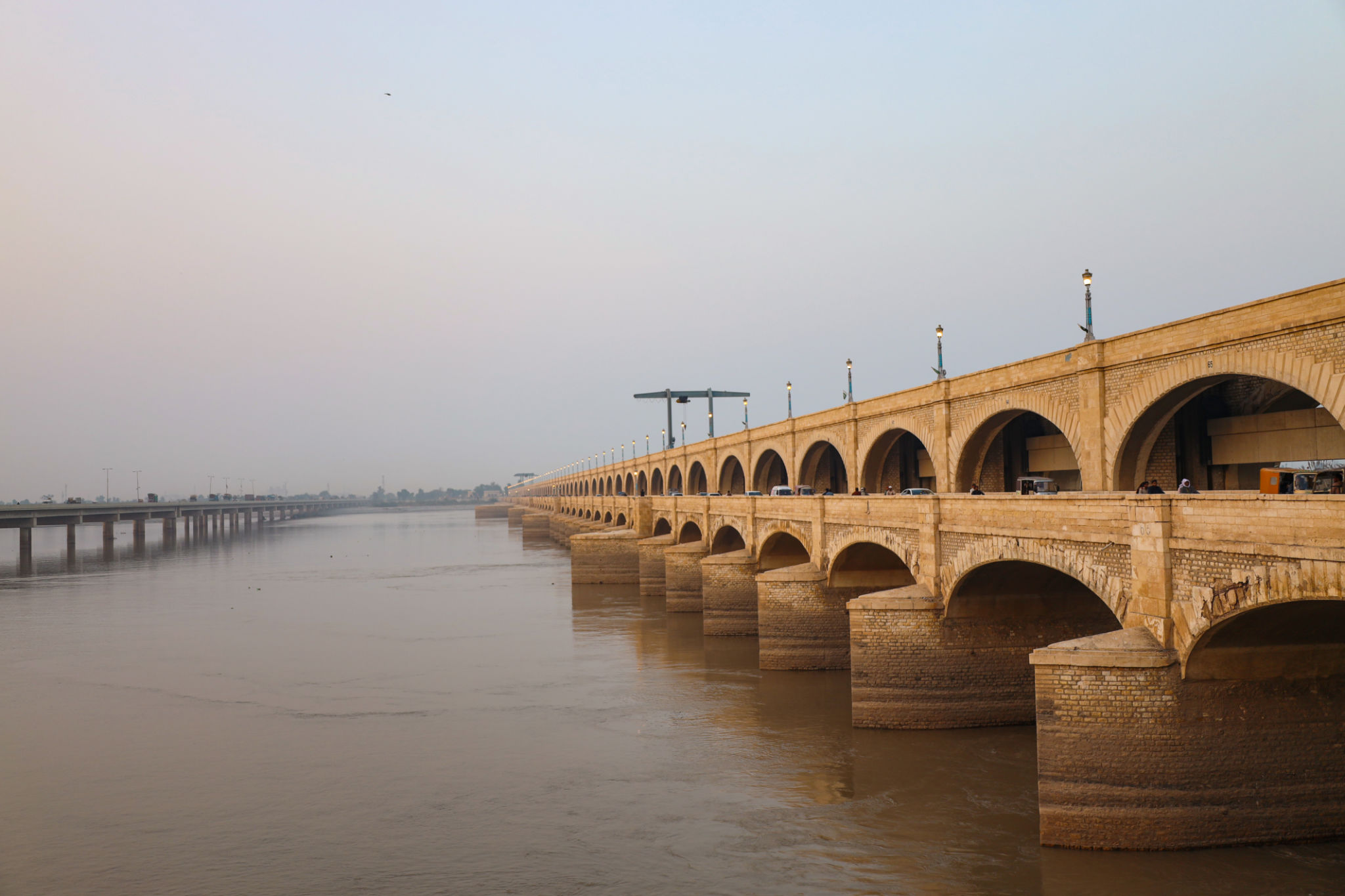Seasonal Water Challenges in Sindh: How to Prepare and Conserve
Understanding Seasonal Water Challenges in Sindh
Sindh, a province in Pakistan, faces recurring water challenges that significantly impact agriculture, livelihoods, and daily life. The seasonal variations in rainfall and river flows exacerbate these challenges, leading to periods of scarcity and flooding. Understanding these patterns is crucial for effective planning and resource management.
The province experiences two major seasons: a dry season and a wet season. During the dry months, water scarcity becomes a pressing issue due to inadequate rainfall and over-dependence on river water, while the wet season often brings heavy rains leading to flooding in certain areas.

The Impact of Water Scarcity
Water scarcity in Sindh primarily affects agriculture, which is the backbone of the region's economy. Farmers face difficulties in irrigating crops, leading to reduced yields and economic hardship. Moreover, the scarcity of clean drinking water poses health risks and increases the burden on women and children who are often responsible for fetching water.
This scarcity is further compounded by inefficient water management practices and outdated irrigation systems. As a result, it becomes imperative to adopt strategies that enhance water use efficiency and ensure equitable distribution among communities.

Strategies for Water Conservation
Addressing water challenges in Sindh requires a multifaceted approach involving government policies, community involvement, and technological innovation. Here are some effective strategies:
- Rainwater Harvesting: Implementing systems to capture and store rainwater can significantly alleviate water shortages during dry periods.
- Modern Irrigation Techniques: Adopting drip or sprinkler irrigation can reduce water wastage and improve crop yields.
- Community Awareness: Educating communities about water conservation practices can lead to more sustainable water use.
These strategies not only address immediate needs but also build resilience against future climatic changes.

Preparing for Floods
While water scarcity is a significant issue, flooding during the monsoon season also poses challenges. Floods can cause severe damage to infrastructure and agriculture, displacing communities and disrupting livelihoods. Therefore, preparation and effective flood management are essential.
Key measures include:
- Improved Drainage Systems: Investing in efficient drainage infrastructure to prevent waterlogging.
- Early Warning Systems: Developing systems that provide timely alerts to at-risk populations.
- Community Training: Educating communities on evacuation plans and flood response strategies.
Government and Community Roles
The role of the government in managing Sindh's water resources cannot be overstated. From policy-making to infrastructure development, governmental initiatives are critical for sustainable water management. However, active community involvement is equally important to ensure the success of these initiatives.
Communities need to be empowered with the knowledge and tools to manage their local water resources effectively. Engaging local stakeholders in decision-making processes can lead to more inclusive and sustainable solutions.

Conclusion
Sindh's seasonal water challenges demand a comprehensive approach that combines conservation efforts, infrastructure development, and community engagement. By understanding the unique patterns of water availability and implementing strategic interventions, Sindh can better prepare for the future while ensuring that its people have access to this vital resource year-round.
